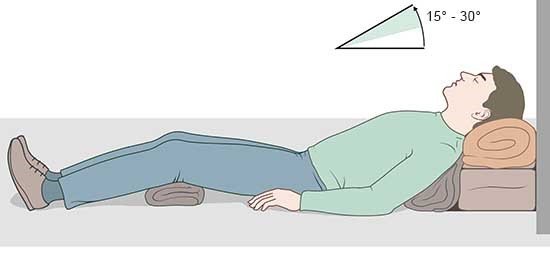First aid for head injuries
Head injuries caused by a blow or jolt to the head area can damage the brain. Experts call them traumatic brain injuries if the brain is damaged and its functions are restricted.
If you witness a head injury during or sports event or in traffic, you can help at the scene of the accident and prevent worse consequences by acting fast.
Head injuries often cause drowsiness, headache, dizziness and nausea. The injured person might also seem confused or disoriented. Some people can't remember what happened or might even be unconscious. If you witnessed the accident, you will be able to give the paramedics important information.

